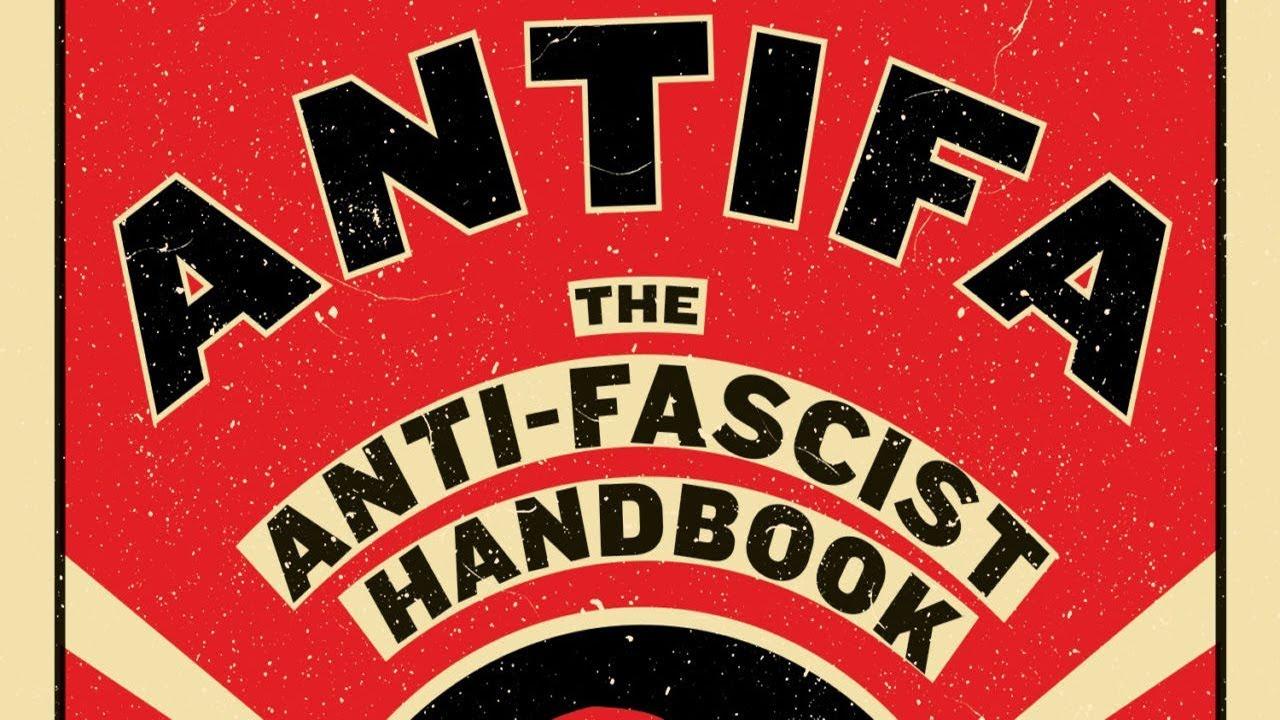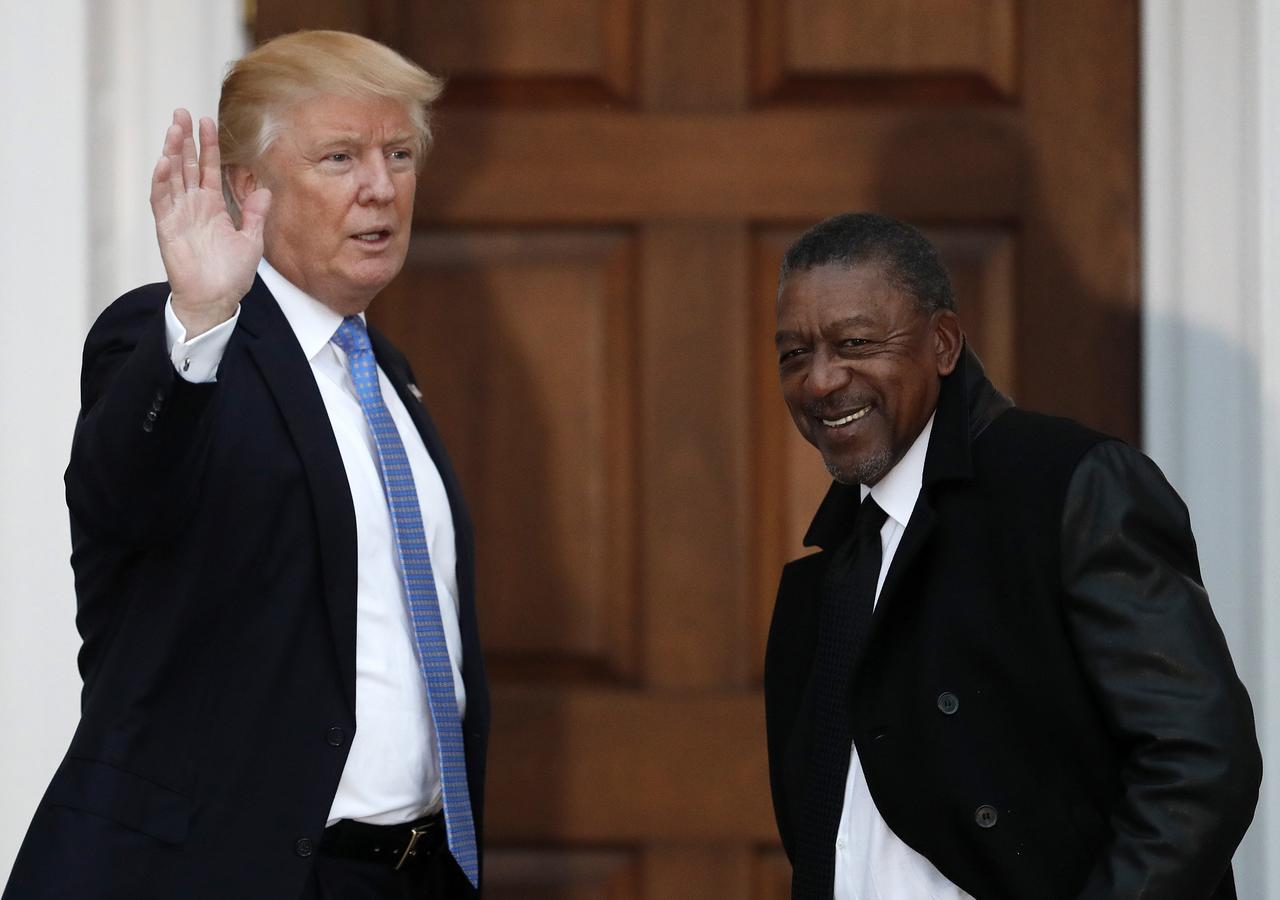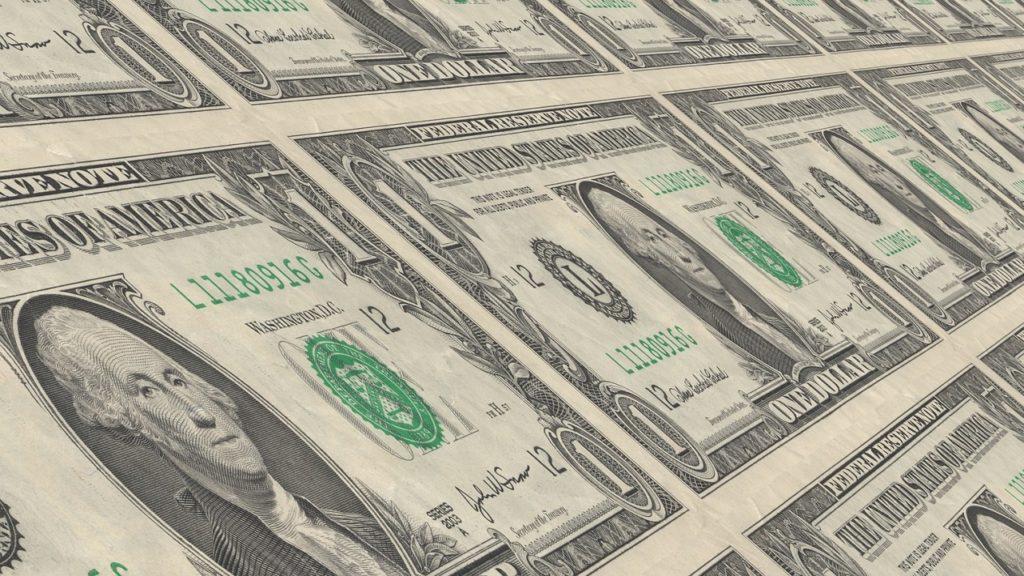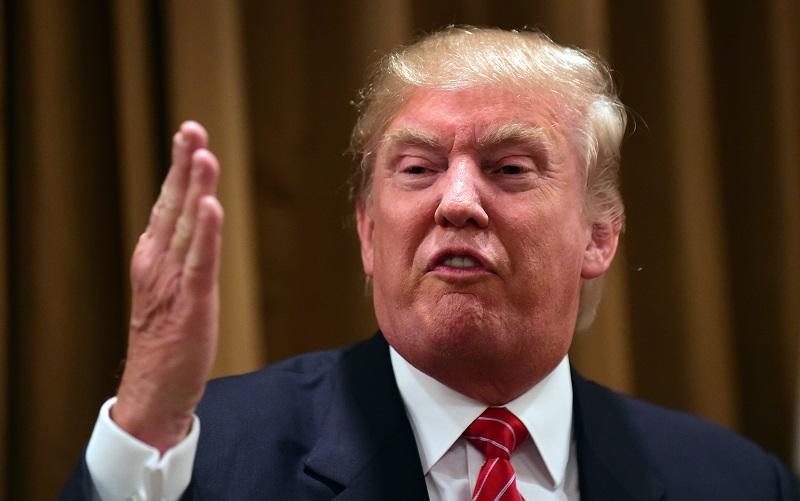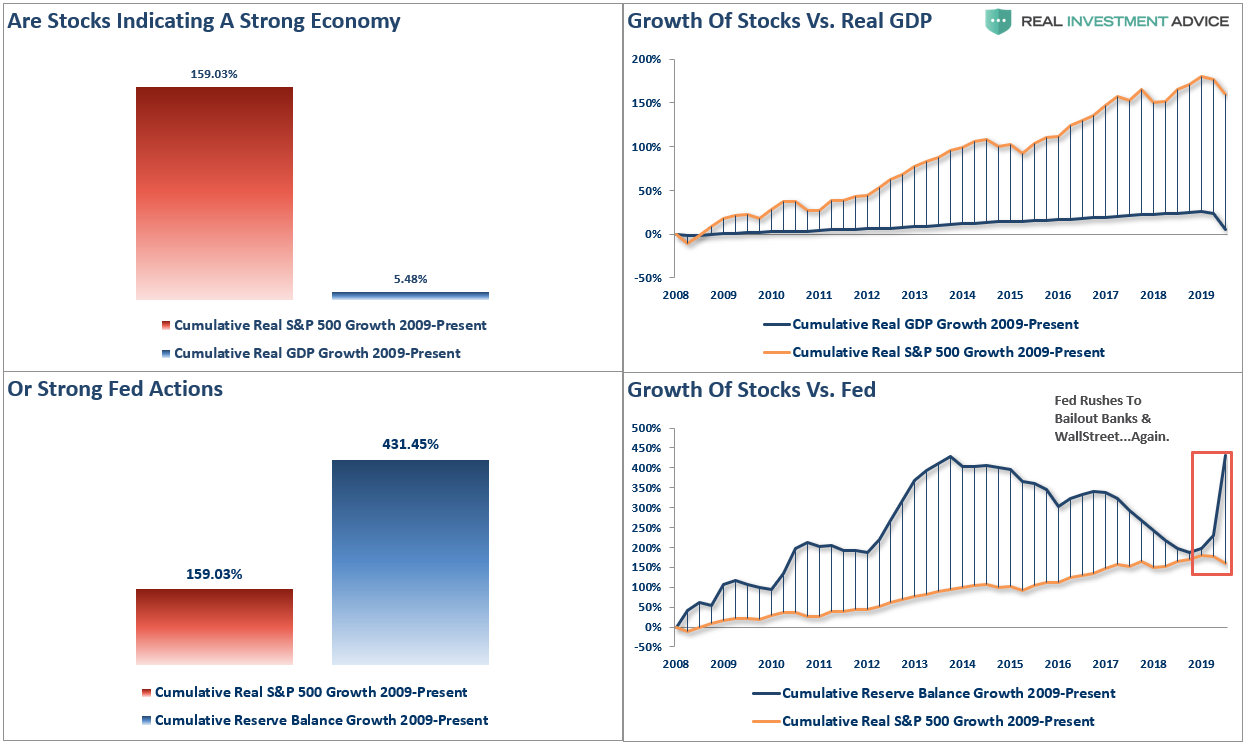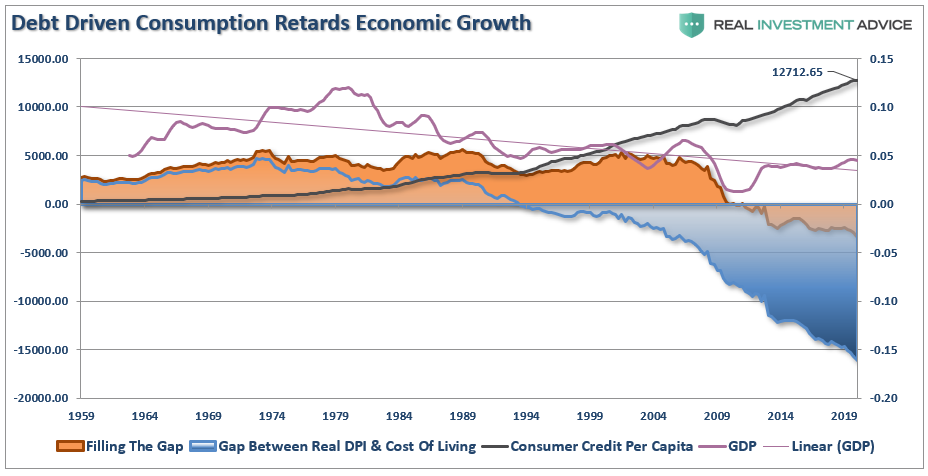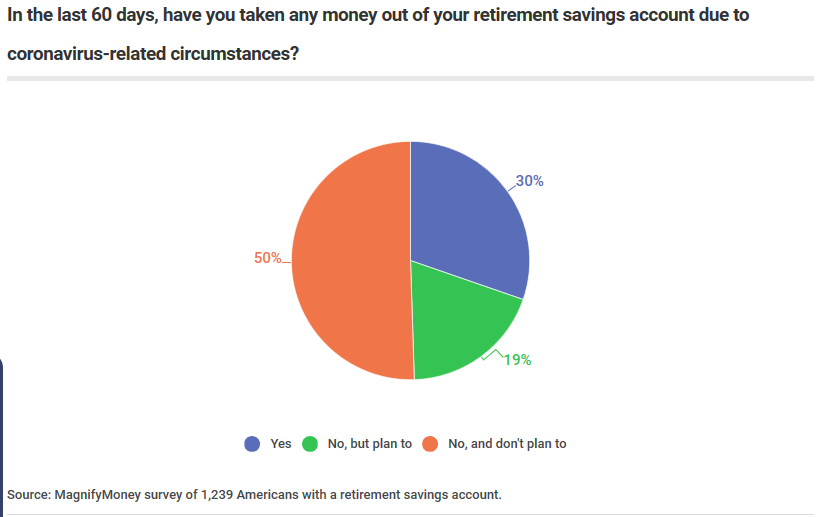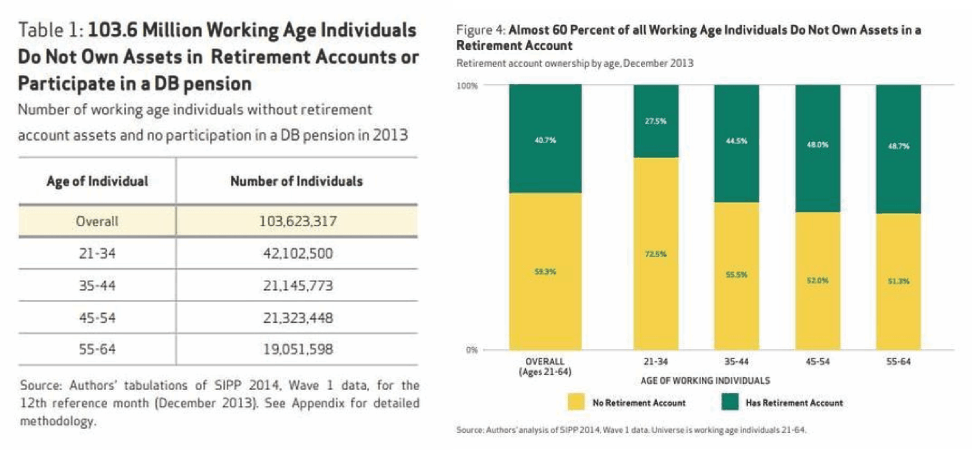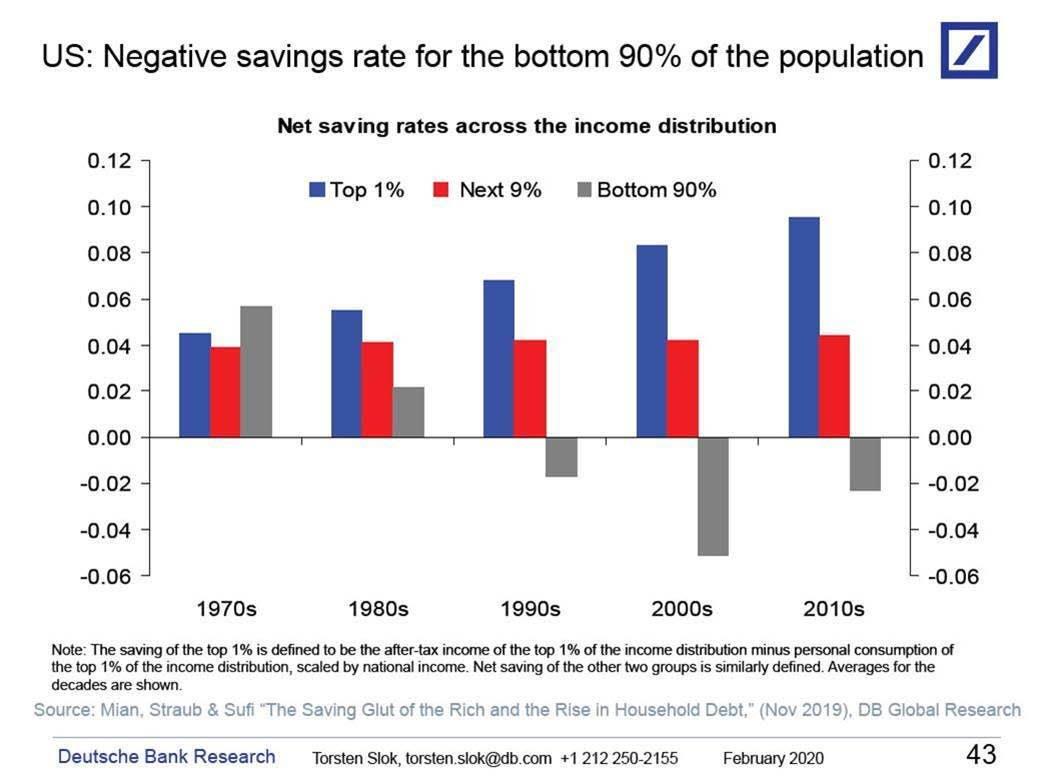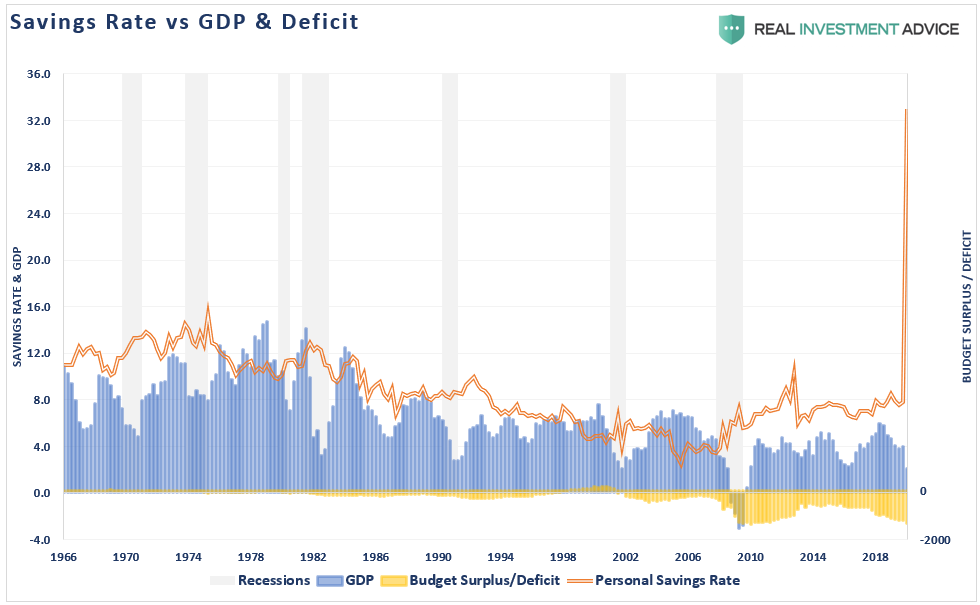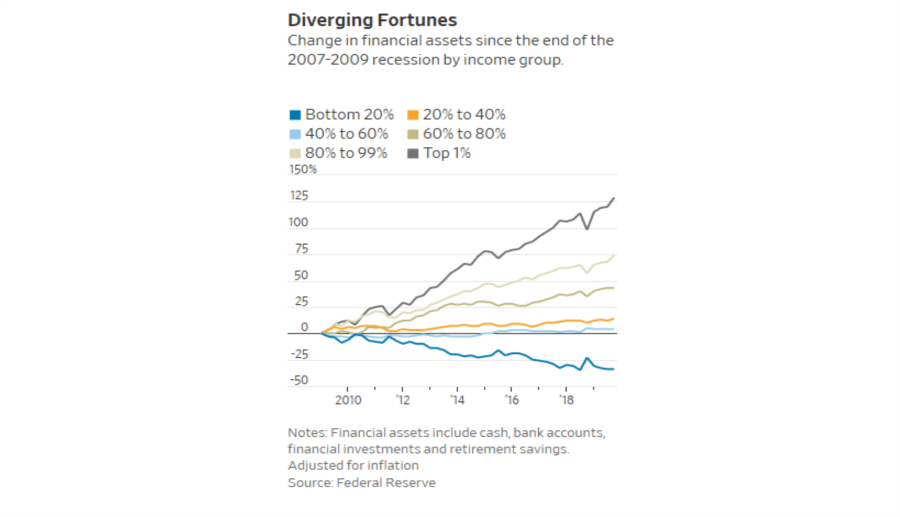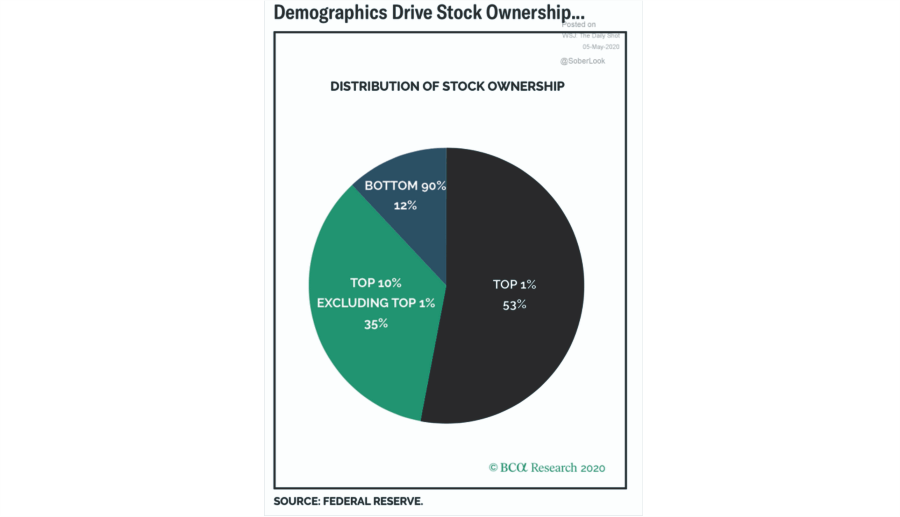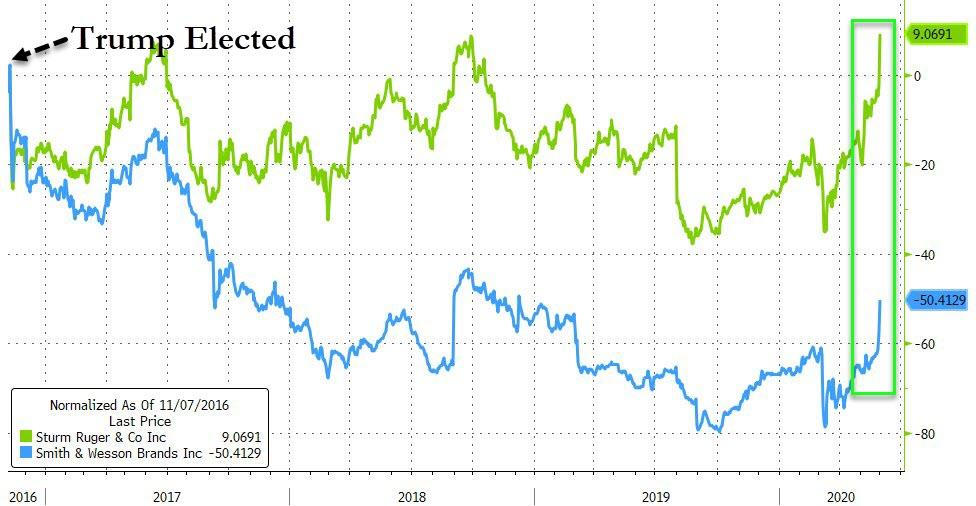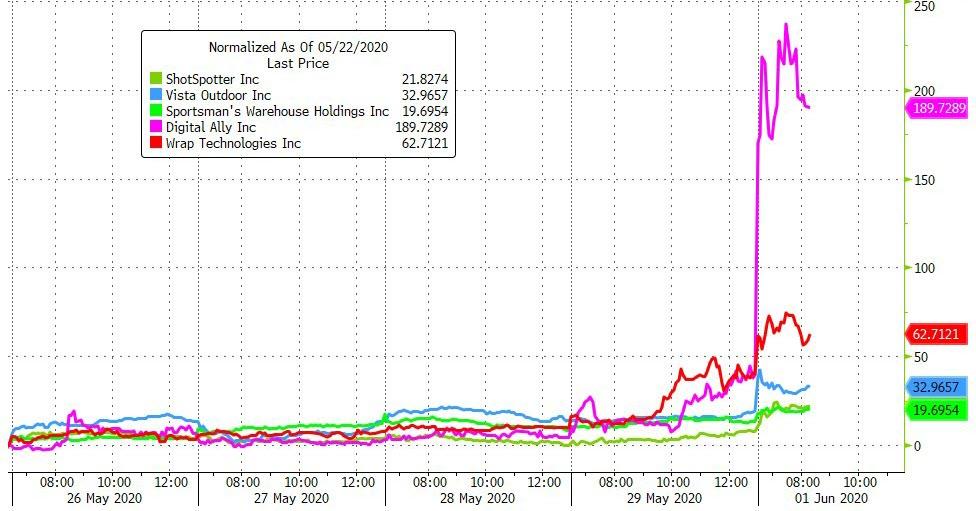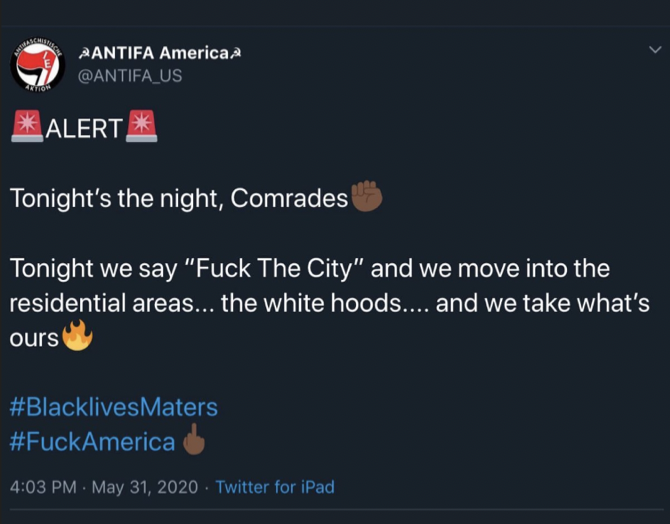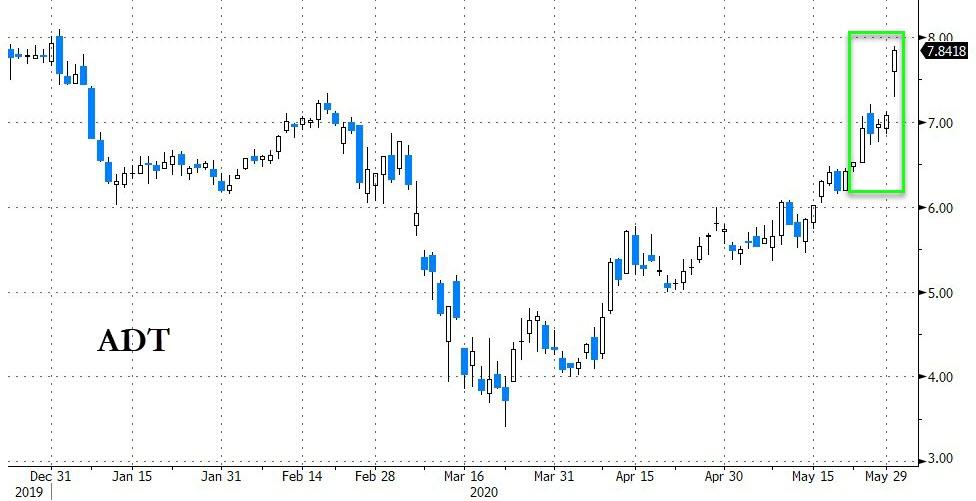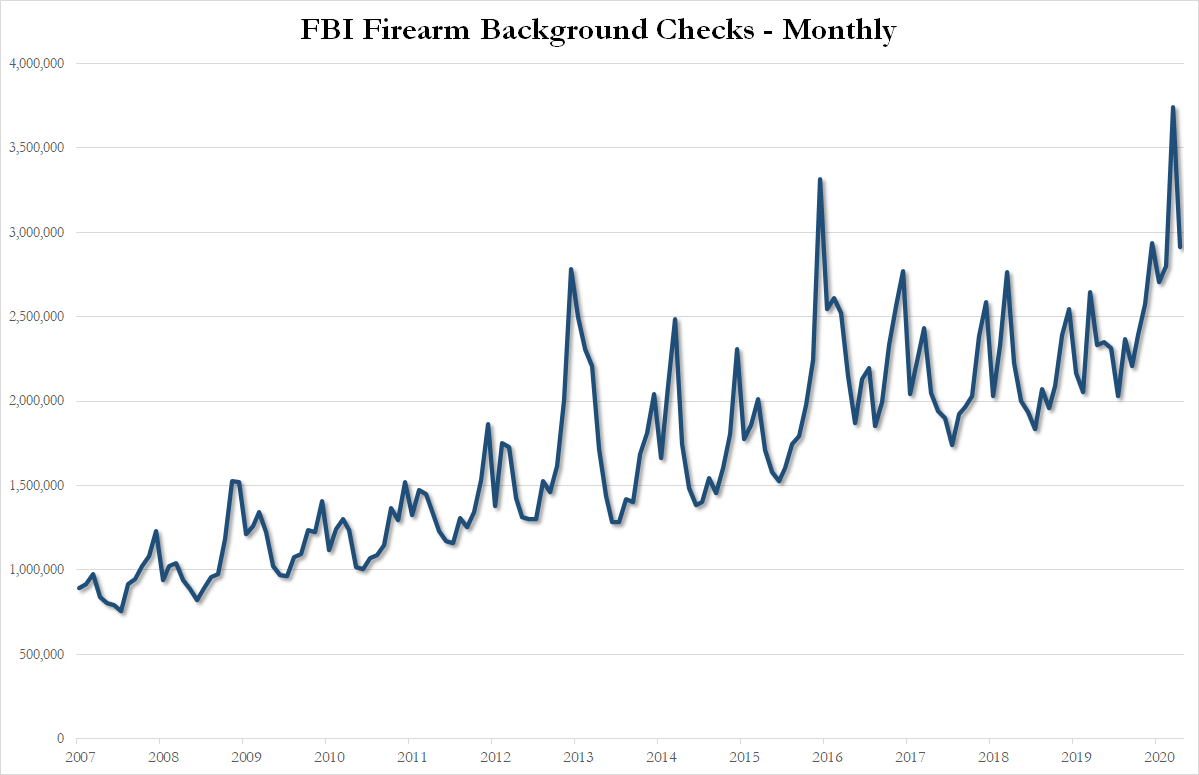Since the killing of George Floyd by Minneapolis police officer Derek Chauvin—assisted by three murderously indifferent cop buddies—protests over abusive and lethal police conduct have spread across the country and turned destructive. Law-and-order types take that as an opening to shift the topic from the long, troubling history of law enforcement in this country to the excesses of the protesters. Conservative-populist pundit Tucker Carlson put the cherry on top of that tactic when he invoked the word “tyranny” and applied it not to government employees who deploy violence as a tool of first resort when terrorizing communities, but to those who turn violent in response.
“Rioting is a form of tyranny,” Carlson said on his Fox News show. “The strong and the violent oppress the weak and the unarmed. It is oppression.”
Ironically, Carlson illustrated his point with video of people attacking police cruisers of the sort driven by Officers Chauvin, Tou Thao, J Alexander Kueng, and Thomas K. Lane, all of whom had either pinned Floyd or held back concerned passersby attempting to intervene. Subsequently, the Minneapolis Police Department abandoned the besieged Third Precinct building where the four officers worked and it was rapidly set ablaze by an angry crowd. None of that seems like “tyranny” so much as it looks like violent pushback from members of the public tired of being tyrannized by abusive government enforcers who have a reputation for specifically targeting African Americans. It more closely resembled the 1854 attempted storming of the federal courthouse in Boston to free escaped slave Anthony Burns—during which a U.S. marshal was killed—than it did an exercise in oppression.
That’s not to say all, or even the majority, of the crowd’s ire in Minneapolis and elsewhere has been focused on cop cars and government buildings. Grocery stores have been torched, pawn shops smashed, pharmacies looted, private cars and residential buildings destroyed. These all represent significant investments and, often, needed sources of income for their owners. None of those owners had anything to do with the killing of George Floyd, and many of them are horrified by the incident and support the protests.
But protests aren’t directed by mass minds, and their participants often have conflicting priorities and agendas. Some of the more violent rioters are opportunists, often traveling from elsewhere with their own missions.
“People from all corners of the country representing a patchwork of ideologies—some extreme—have increasingly turned up as the protests have grown in size and level of violence,” reports the Minneapolis Star-Tribune. “Hennepin County jail logs showed arrests of people coming from Michigan, Missouri, Illinois and Florida. One suspect from Alaska had bragged online of coming to the protest with Molotov cocktails.”
In response to the violence, some protesters have stepped in to protect businesses against others who are less discriminating in their anger, or who just want to steal and smash.
That hasn’t been enough, though. Shopkeepers and property owners—many of them part of communities that have been targeted by the police—have had to take matters into their own hands to protect what belongs to them. They have every right to do so, though it hasn’t been enough to prevent widespread damage and loss.
When the local hotheads and riot tourists are done doing their worst, they’ll leave in their wake damaged neighborhoods with fewer jobs, businesses, and opportunities for buying and selling goods and services. Stores economically hobbled by the pandemic lockdowns and by voluntary decisions regarding social distancing and tighter family budgets will be less likely to rebuild than they might be in normal times.
As a result, communities protesting abusive police conduct and racist policing will be even more dependent on the government that employs those police. That will deprive them of a measure of the leverage they need to force changes in the way the powers-that-be govern and enforce their will. That’s a shame, because there’s a real problem in Minneapolis and elsewhere with the spiderweb of laws in which we’re ensnared and the selective ways in which they are enforced.
“Black people were 8.7 times more likely than white people to be arrested for a low-level offense—any offense with a fine of $3,000 or less and/or a year or less in jail,” the American Civil Liberties Union (ACLU) of Minnesota found in 2015. “Native Americans were 8.6 times more likely than white people to be arrested for such offenses.”
The ACLU attributed the problem to both racial disparities and overcriminalization. For starters, there are too many bullshit excuses for hassling people; 70 percent of the low-level charges described by the ACLU involve such offenses as expired boat registration, no proof of car insurance, selling liquor without a license, littering, disorderly conduct, consuming in public, interfering with pedestrian traffic, loitering with intent to commit a narcotics offense, drug paraphernalia, truancy, and curfew violations. With such excuses in hand, some police officers are then prone to disproportionately wield their power against people they don’t like, such as members of minority groups.
A multitude of laws enforced selectively is a national problem.
“On the opening day of law school, I always counsel my first-year students never to support a law they are not willing to kill to enforce,” Yale Law School’s Stephen L. Carter wrote in 2014 after New York City cops killed Eric Garner during a confrontation rooted in suspicion that he was illegally selling loose cigarettes. “I remind them that the police go armed to enforce the will of the state, and if you resist, they might kill you.”
Whether death, or injury, or loss of liberty is the final result, the victims of a plague of laws and their enforcement might be anybody; the March killing of Duncan Lemp, who was white, by police in Montgomery County, Maryland excited anger and threats to arrest his family for protesting. But African-Americans notice that an awful lot of the victims of abusive policing look like Breonna Taylor, or Charles Kinsey, or Philando Castile, or George Floyd—black like them, or otherwise members of groups that often get the short end of the stick when it comes to law enforcement.
“Police arrested 40 people for social-distancing violations from March 17 through May 4,” The New York Times reported last month. “Of those arrested, 35 people were black, four were Hispanic and one was white.” Nobody was killed, fortunately, but some were punched or knocked to the ground. And while the arrests did provoke anger, no violence beyond the arrests themselves resulted.
But everybody has a breaking point.
When aimed at individuals and private property that have nothing to do with governing institutions or law enforcement, riots are certainly destructive, and counterproductive, and flat-out wrong, but they’re not “tyranny,” as Tucker Carlson and company would have it. That word—tyranny—should be reserved for governments that over-govern and over-police their subjects until they elicit rage.
from Latest – Reason.com https://ift.tt/2XPYSTB
via IFTTT
